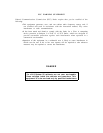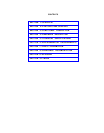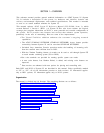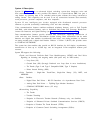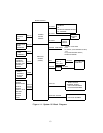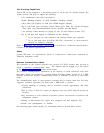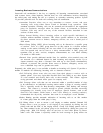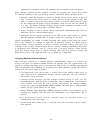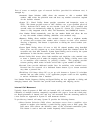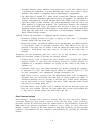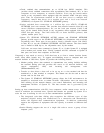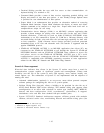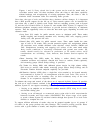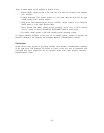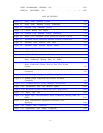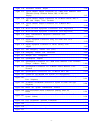Ease of access to multiple types of network facilities (provided for minimum cost) is
managed by:
● Automatic Route Selection (ARS) allows the customer to dial a standard DDD
number. ARS selects the preferred route and does any number conversions required
for the facilities selected.
● System 25’s Virtual Facility feature provides convenient and inexpensive access to
OCCs. This feature provides access to OCC facilities over a user specified
physical
facility; dedicated OCC trunks are not needed. Local OCC access numbers and
account codes are automatically added by System 25. System 25’s Virtual Facility
feature is fully integrated with its ARS, Toll Restriction, and SMDR/CAS features.
● Last Number Dialed automatically saves the last number dialed and allows the user
to retry the number without redialing. (Multiline voice terminals only)
● Repertory Dialing allows multiline voice terminal users to store a telephone number
or account and associate that number with a button on their voice terminal.
Pressing a Repertory Dial button is equivalent to dialing the stored number (one-
touch dialing).
● System Speed Dialing allows all users to dial 90 selected numbers using three-digit
codes. Users can also program up to seven Personal Speed Dial Numbers which are
accessible only from their terminals. System Speed Dialing can be used by the system
administrator to hide business account codes from users.
● Pooled Facility-Dial Access allows both multiline and single-line voice terminal users
to access a common pool of trunks for outgoing calls by dialing a facility access code,
or, on multiline voice terminals, by pressing a button . This grouping provides
resource pooling which results in better service with a given number of trunks.
● Personal Lines provide dedicated outside lines for multiline voice terminal users.
Personal lines are accessed via a dedicated feature button. Up to sixteen terminals
may share a personal line.
● Third-Party Call Setup allows PCs to set up calls between a System 25 voice/data
terminal and any other facility. A PC application program could use this capability
to retrieve information from a database.
Last Number Dialed, Repertory Dialing and Speed Dialing are also applicable to dialing and
managing internal calls. Personal lines provide both incoming and outgoing service.
Internal Call Movement
Typically, about 40 percent of PBX calls are internal calls, call transfers to another location,
conference of multiple locations, temporarily suspended calls, page to locate the called party,
etc. Rapid placement of internal calls and easy call movement from the answering station to
a new station are supported in System 25 with numerous features.
To provide easy internal call setup, System 25 provides the following features.
● Direct Station Selection (DSS) allows one-button access from a multiline voice
terminal to another voice terminal, a pooled facility, paging zone or DGC group. The
DSS status LED reflects the idle/busy status of the associated termination point.
This feature is used to track and contact frequently called associates.
1-7



